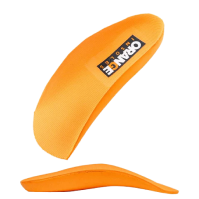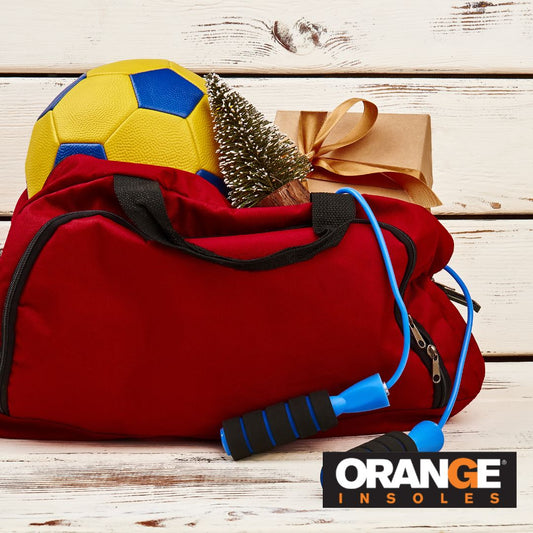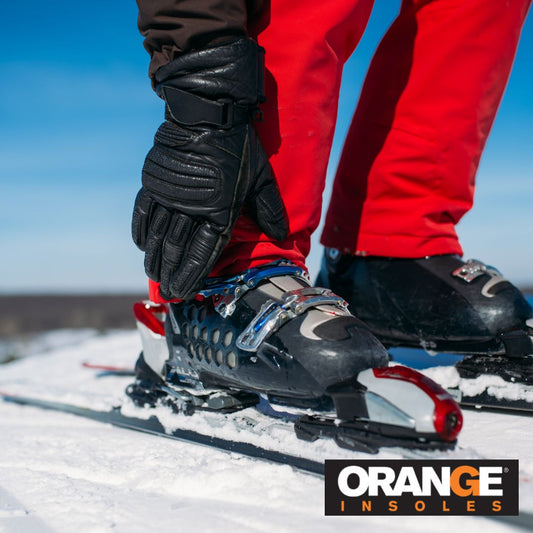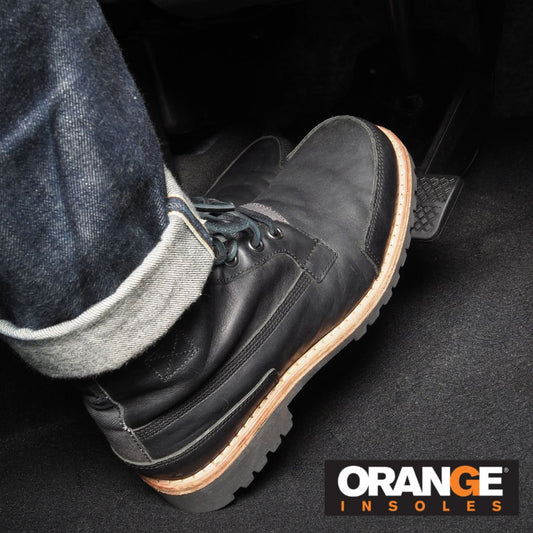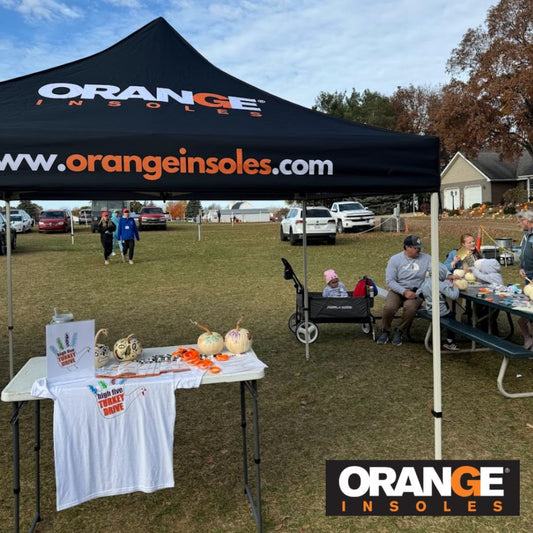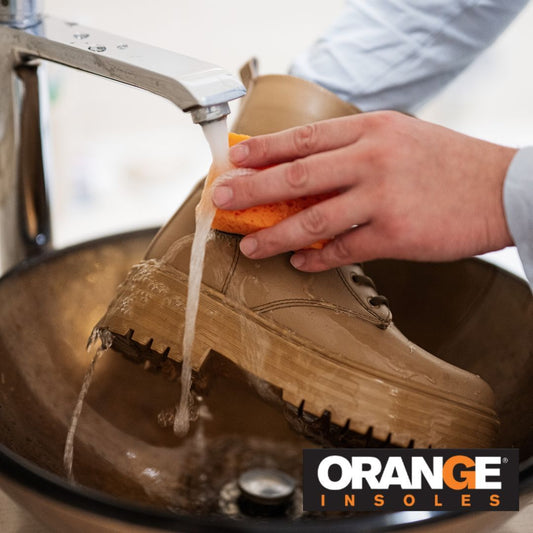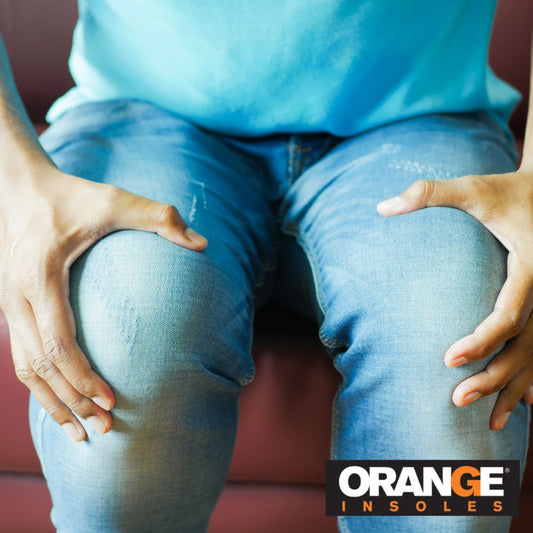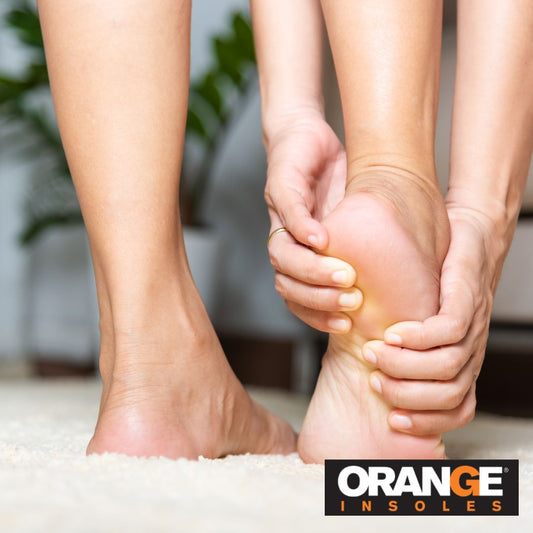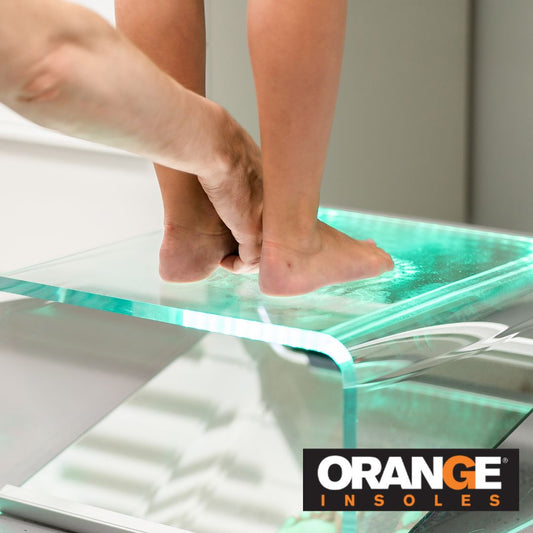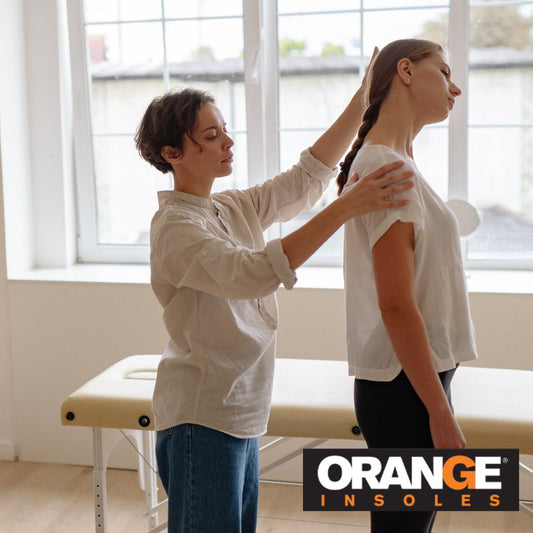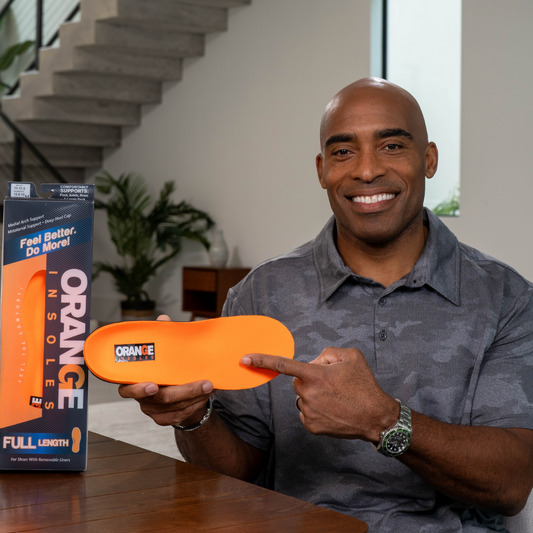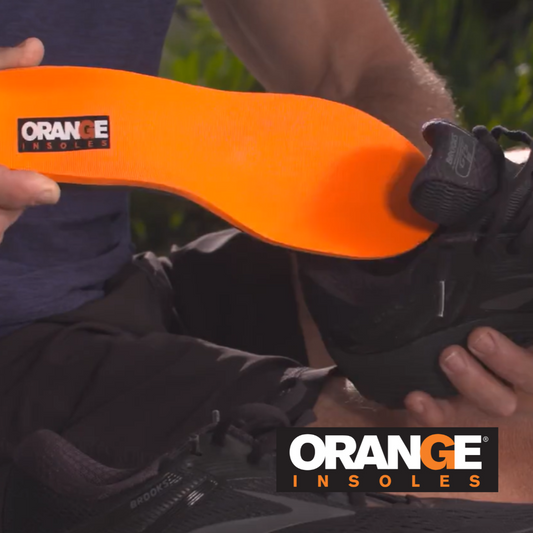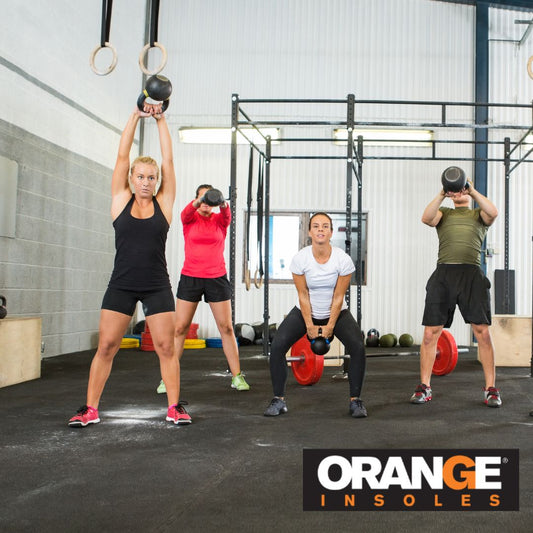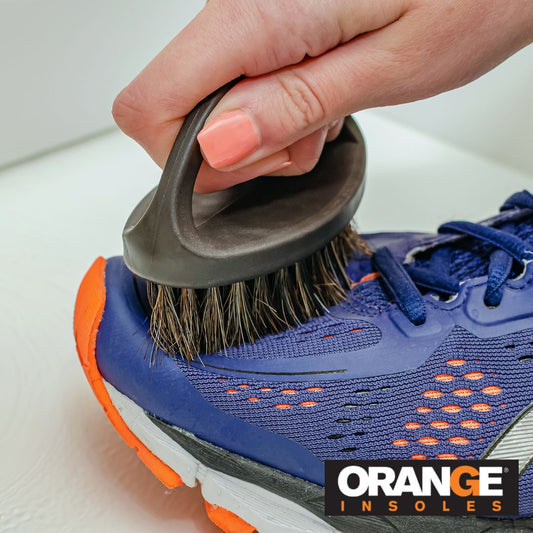Did you pick up that extra shift at the plant and now you’re paying for all that extra standing? Did you push a little too hard at the gym? Or is the pain you’re feeling a badge of honor after working out or the result of long hours on the assembly line?
Sometimes a little soreness feels good—it’s proof you worked hard and your body is changing.
But sometimes pain can be a sign of an injury and can get worse if ignored. But what’s the difference between that satisfying soreness you experience after a brutal workout and pain that is telling you something is wrong?
Let’s break it down.
Muscle Soreness
If you feel like shuffling along like an elderly person with a cane, you probably just have some sore muscles. Stairs might be difficult but you can manage. You might complain that you’re too sore to move but really it’s just so your spouse will grab your glass of water from across the room. Sore muscles generally won’t prevent you from moving.
Characteristics of Sore Muscles
- Tender when touching muscles
- Achy (even when at rest)
- You might feel “stiff” or “tight”
- Affects a muscle group (like your hamstrings) rather than a specific spot
- Will peak 24-72 hour after the activity
- Will go away in a few days
How to Treat a Sore Muscle
This might not be what you want to hear but stretching and movement are the best way to treat sore muscles. Yup. Sitting still could actually make the ache worse. So get up and walk it out or stretch it out but try to avoid the exact activity that led to the soreness.
Other treatments include:
- Muscle massage
- Rest
- OTC pain relievers (anti-inflammatory)
- Pain relieving gels or creams like Icy Hot
- A warm bath or shower
Don’t worry, sore muscles are a sign of getting stronger. But, if they don’t go away in a few days or the pain gets worse, you might have an injury.
Injury
If you need to limp because putting weight down sends a sharp, shooting pain through a particular spot, you might have an injury rather than sore muscles. If you give a quick gasp or intake of breath when you press on the area, you’re probably not dealing with a sore muscle.
Characteristics of an Injury
- Sharp pain
- Stabbing pain
- Not able to put weight on the area
- Pain with swelling
- Localized to a specific area
If you feel any of these symptoms while working out, especially if they are preceded by a pop or series of pops, stop what you’re doing.
How to Treat an Injury
Treatment will vary on the type of injury but generally you should stop major activities, especially the activity that caused the injury, and rest. Get some ice to reduce any swelling and monitor the pain. If it doesn’t go away in a few days, or gets worse, you should see a doctor. Some gentle movement could also help.
Discomfort when working out is normal, pain is not. An injury doesn’t have to mean an end to your fitness goals but pushing yourself too hard could cause problems in the future. You might not notice an injury occur when working out but pay attention to any pain following the workout. It’s usually easy to tell the difference between sore muscles and injury but if you’re not sure, see a doctor.
You should also make sure you’re supported during your workout because misalignment can cause injuries. Make sure you have the right shoes and if those shoes need a little extra support, grab an orange insole. They won’t prevent sore muscles but they can help prevent unnecessary pain.


